Baekje Samgyetang (백제삼계탕)
1.9Km 2021-03-18
8-10, Myeongdong, 8-gil, Jung-gu, Seoul
+82-2-776-3267
This is a Korean cuisine located in Myeong-dong, Seoul. The representative menu is ginseng chicken soup. A store that sells Korean-style whole chicken soup with rice and clear broth.
Sisamdal (시샘달)
1.9Km 2021-03-18
2, Myeongdong 8-gil, Jung-gu, Seoul
+82-2-310-9116
This is a cafe located in Myeong-dong, Seoul. A store selling Korea’s representative summer dishes. The representative menu is shaved ice with red bean topping.
Geumseonggwan Najugomtang (금성관나주곰탕)
1.9Km 2021-03-18
29, Namdaemun-ro, Jung-gu, Seoul
+82-2-753-7898
This is a Korean cuisine located in Myeong-dong, Seoul. The representative menu is Naju beef bone soup. It serves local dishes produced from Naju-si, Jeolla-do.
Museo Whanki (환기미술관)
1.9Km 2021-05-21
Jahamun-ro 40-gil 63, Jongno-gu, Seúl
La Fundación Whanji inauguró el Museo Whanki en 1992 en honor al pintor Kim Whanki (1931-1974). El museo posee alrededor de 300 piezas de Kim Whanki, así como realizar diversas exhibiciones especiales sobre el arte contemporáneo y otros eventos, además de exposiciones permanentes de las obras de Kim Whanki. Con dichas actividades, el Museo Whanki se esfuerza por recordar el valor del pintor Kim y sus influencias, y desarrollar más el arte coreano.
Seusiya (스시야)
1.9Km 2021-03-22
43, Supyo-ro, 20-gil, Jongno-gu, Seoul
+82-2-2268-8775
A restaurant that sells various Japanese dishes from sashimi course meal to stew. This Japanese (cuisine) restaurant is located in Jongno-gu, Seoul. The most famous menu is assorted sushi.
HWATTEOK - Myeongdong Branch (화떡 명동)
1.9Km 2021-03-20
15, Myeongdong 4-gil, Jung-gu, Seoul
+82-2-753-9588
A store where you can try pizza gorgonzola directly baked in the oven and spicy tteokbokki on the spot at the same time. This restaurant's signature menu is stir-fried rice cake. This Korean dishes restaurant is located in Jung-gu, Seoul.
Gaehwa (개화)
1.9Km 2021-03-26
52-5, Namdaemun-ro, Jung-gu, Seoul
+82-2-776-0508
Located a short walking distance away from Myeong-dong's Chinese Embassy, Gaehwa boasts 50 years of tradition as the 3rd Chinese restaurant chain in Korea. Gaehwa's jajangmyeon (noodles in black bean sauce) and palbochae (stir-fried seafood and vegetables) are extremely popular. This is a great place for a quick meal, as it serves plenty of food at affordable prices. Gaehwa has been using the same traditional cooking style and unchanging service values to create a comfortable atmosphere like visiting home.
MIGABON (미가본)
1.9Km 2021-03-18
56, Myeongdong-gil, Jung-gu, Seoul
+82-2-752-0330
This is a Korean cuisine located in Myeong-dong, Seoul. A famous restaurant among Japanese tourists. The representative menu is wild pine mushroom and abalone porridge.
Beauty Play (Sucursal de Myeong-dong) (뷰티플레이 명동점)
1.9Km 2024-06-14
Myeongdong-gil 73, Jung-gu, Seúl
Parque de la Historia de Seosomun (서소문역사공원)
1.9Km 2023-08-11
Chilpae-ro 5, Jung-gu, Seúl
El área de la puerta Seosomun fue un lugar de persecución religiosa en el siglo XIX, antes de convertirse en el parque local actual. Muchos católicos fueron reprimidos y martirizados aquí, convirtiendo este lugar en un sitio sagrado para los catolicos coreanos. Seosomun era una puerta de entrada al mercado Chilpae, ubicado cerca de la puerta Sungnyemun (Namdaemun). Siempre estaba atestado de transeúntes y por esta razón servía para mostrarle a la gente los castigos hacia los acusados de haber cometido crímenes. El 15 de mayo de 1999 se levantó una torre conmemorativa en el centro del parque en honor a los mártires. En 2013, el distrito de Jung-gu de Seúl también fundó el Museo de Historia del Santuario Sagrado de Seosumun, con una sala de exposiciones alusiva.
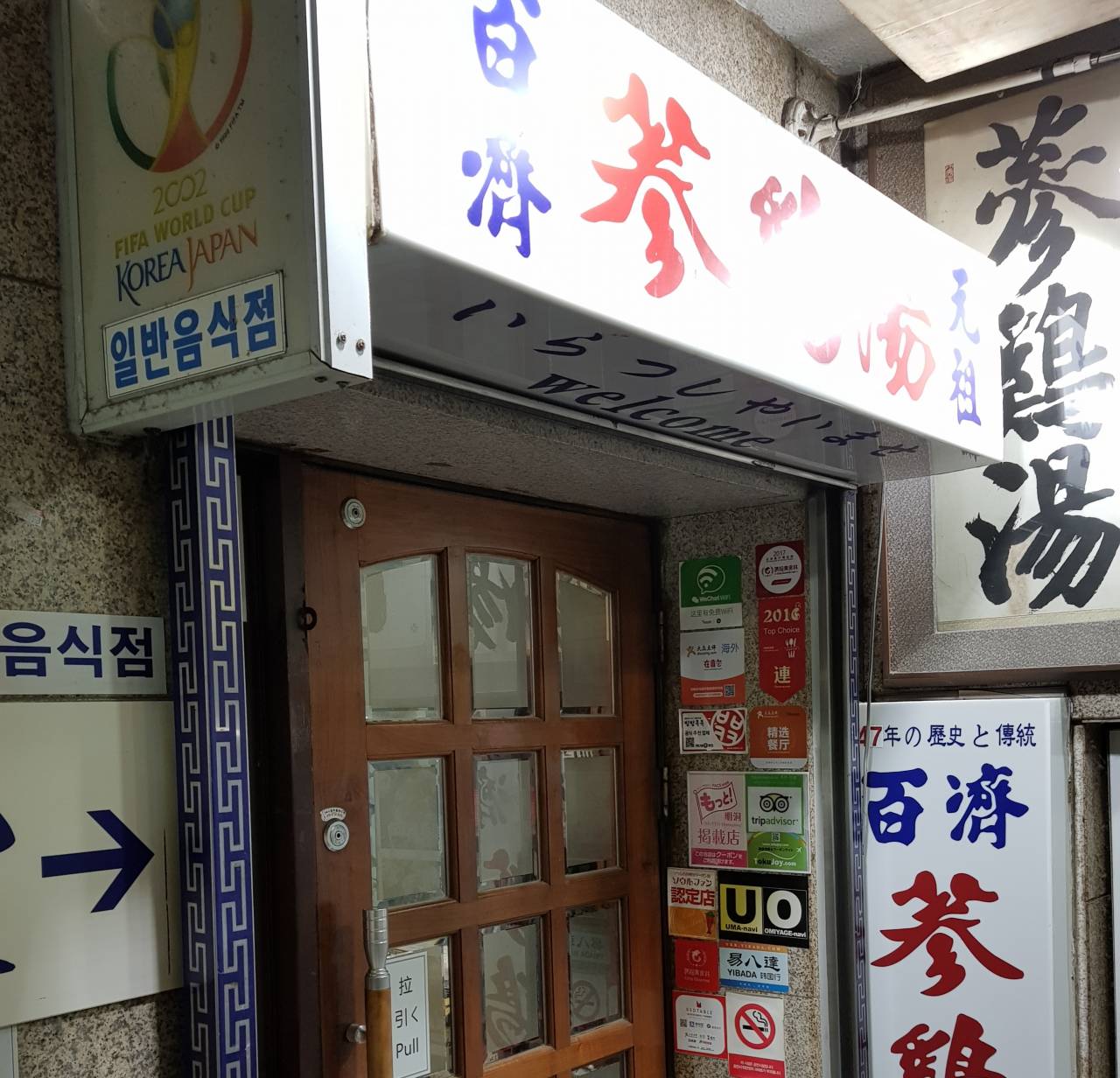
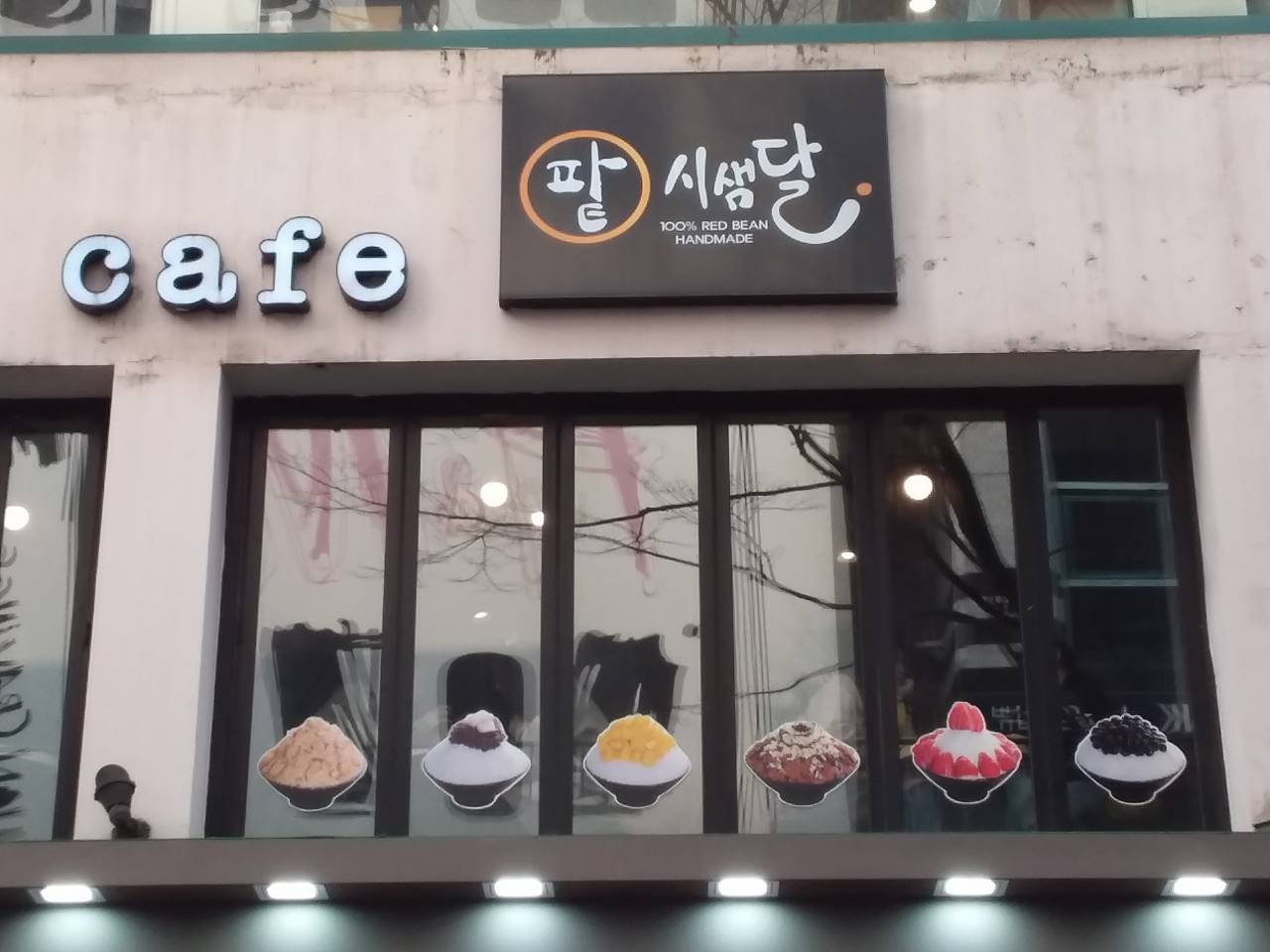
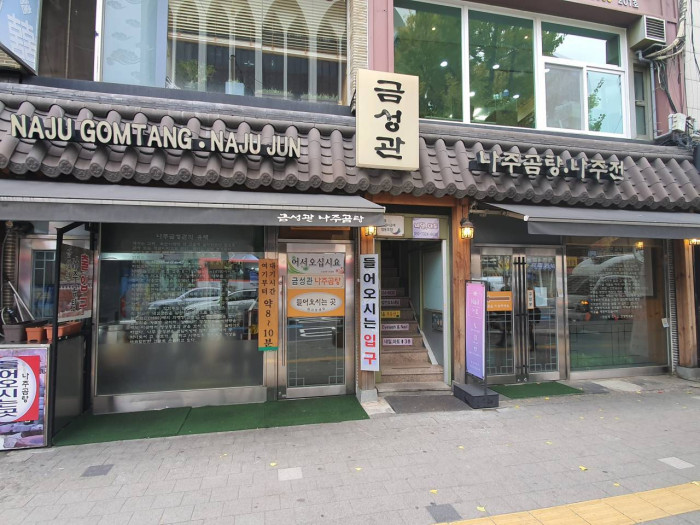

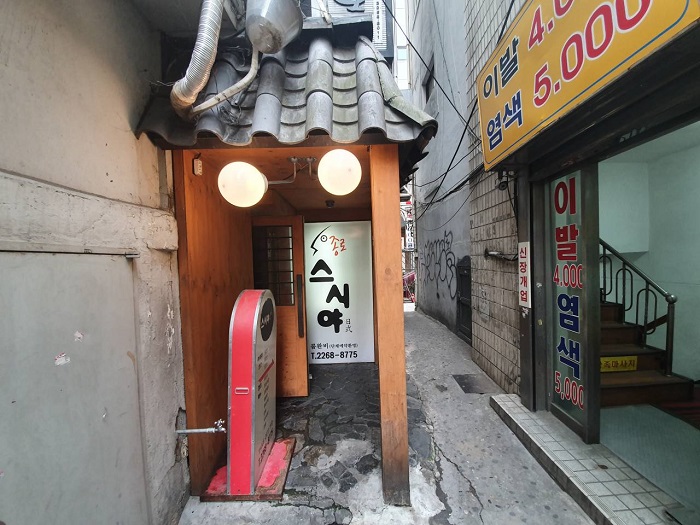
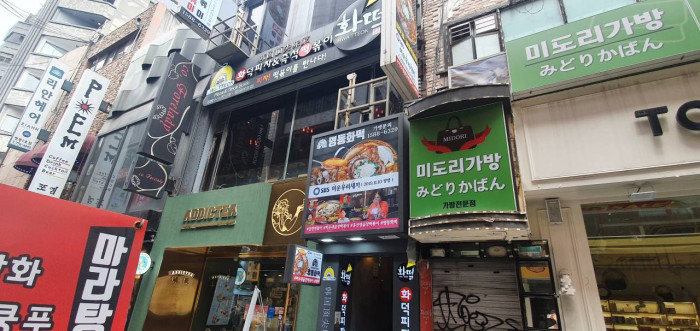
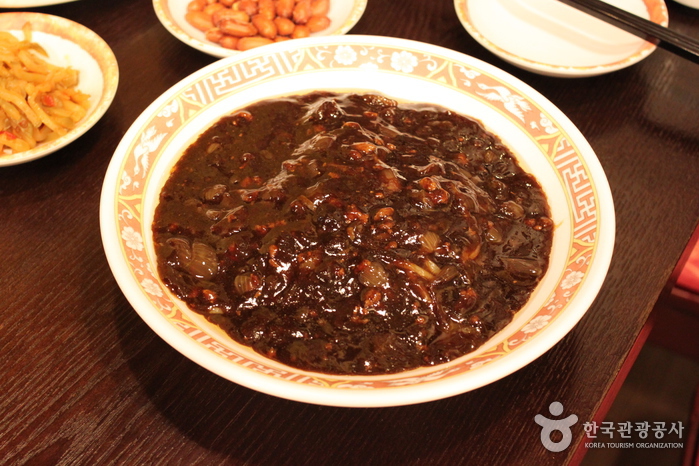

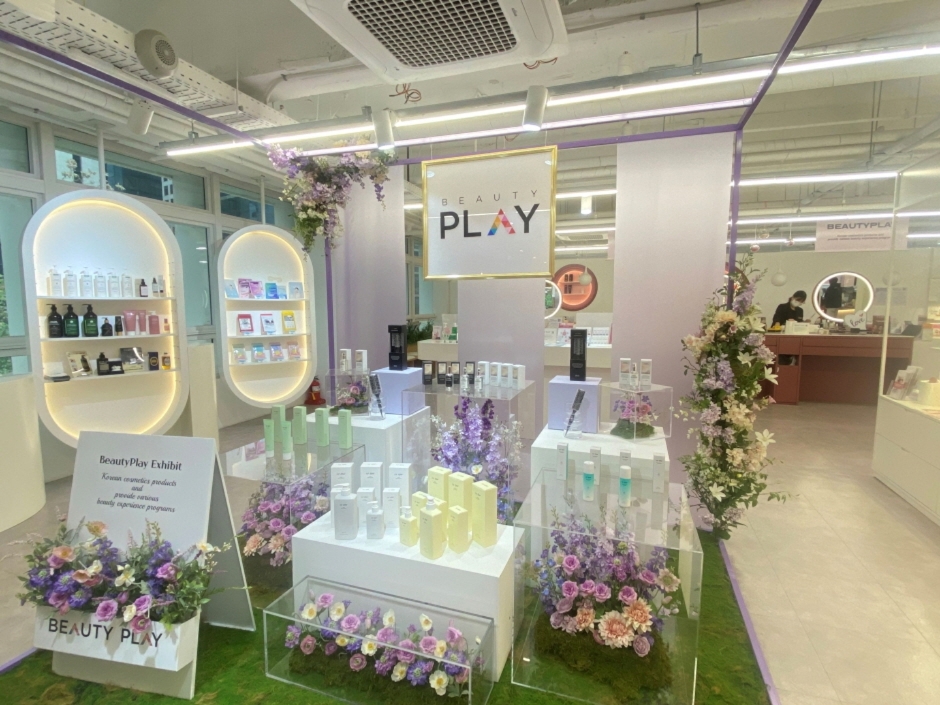
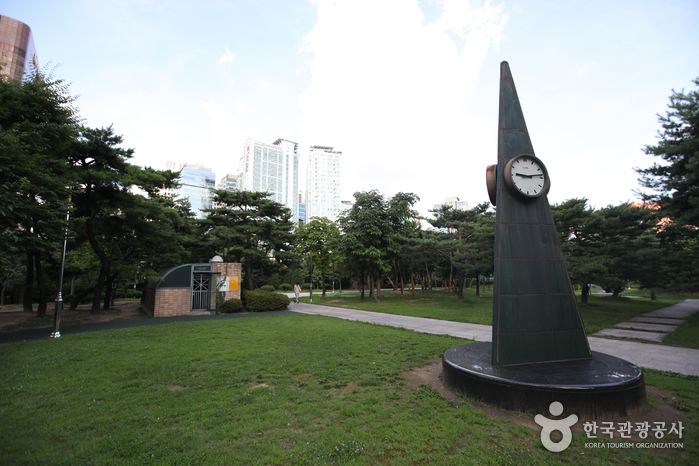
 Español
Español
 한국어
한국어 English
English 日本語
日本語 中文(简体)
中文(简体) Deutsch
Deutsch Français
Français Русский
Русский